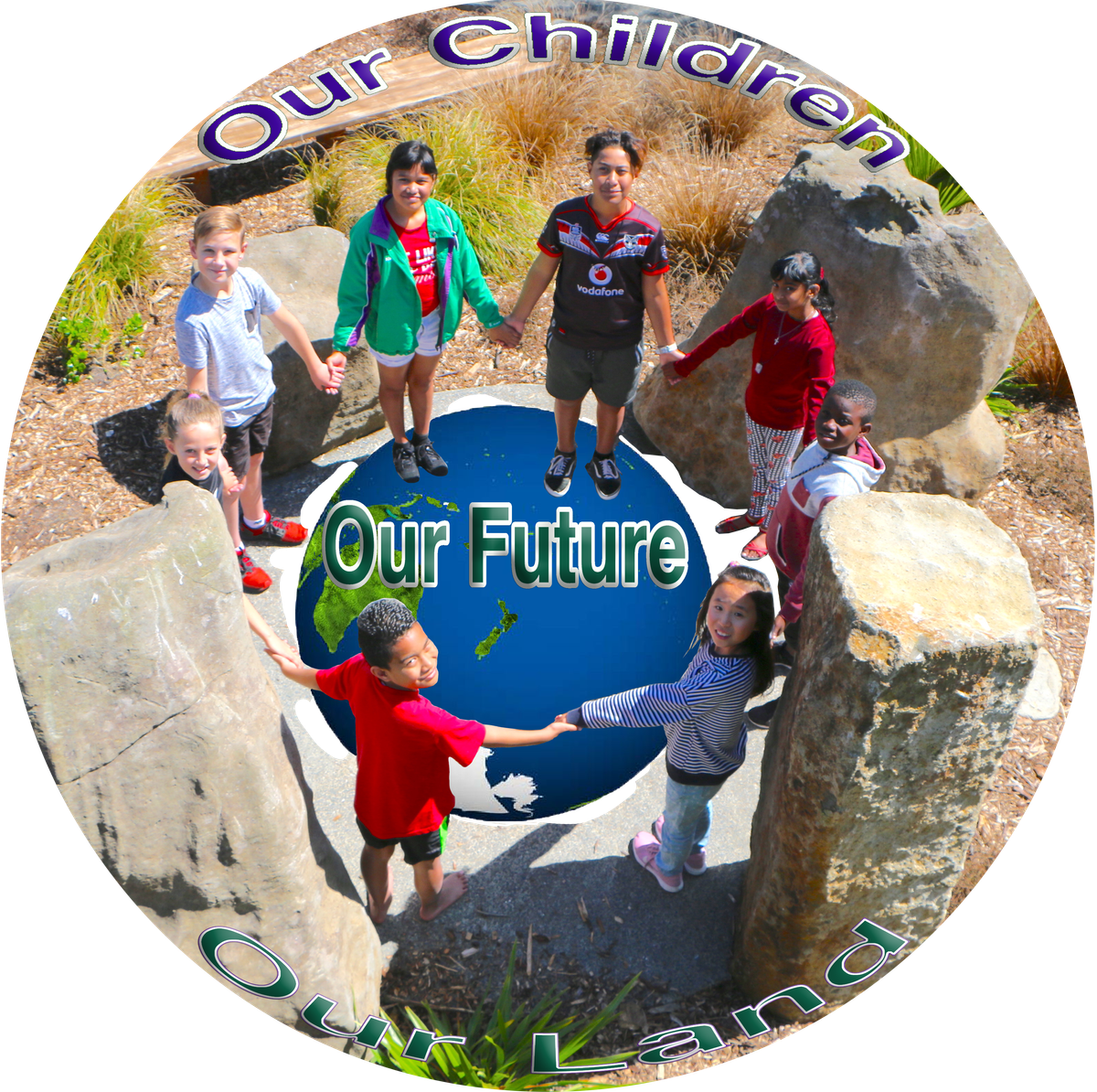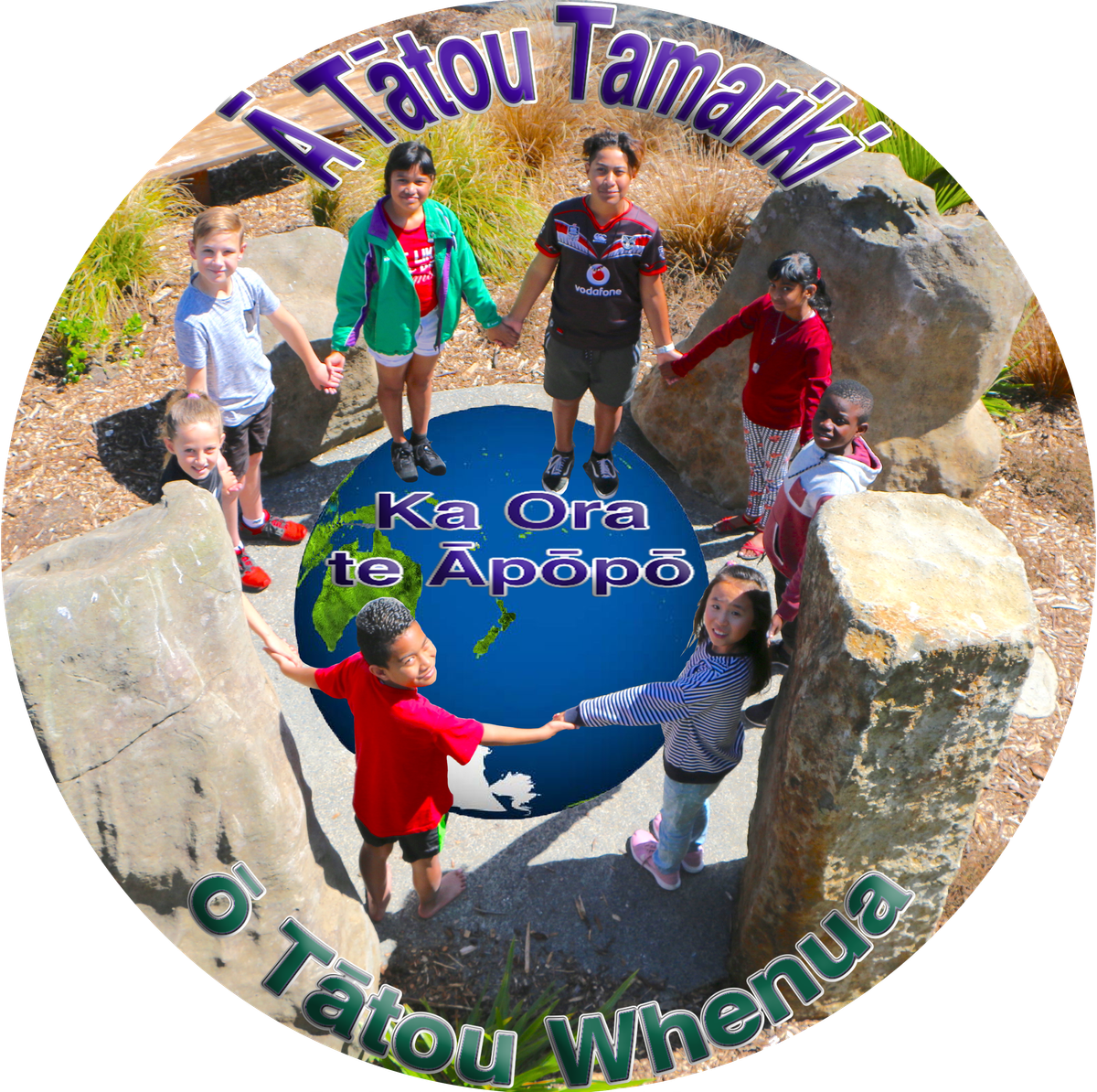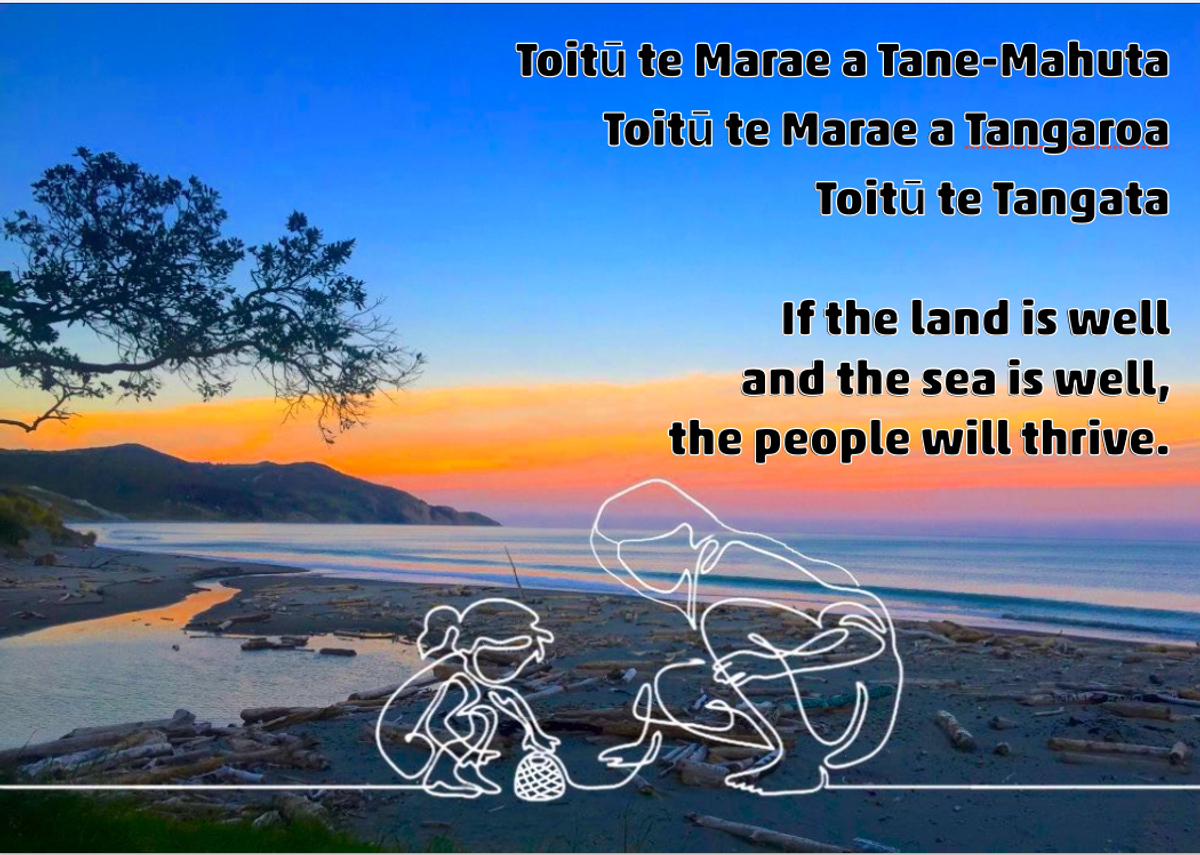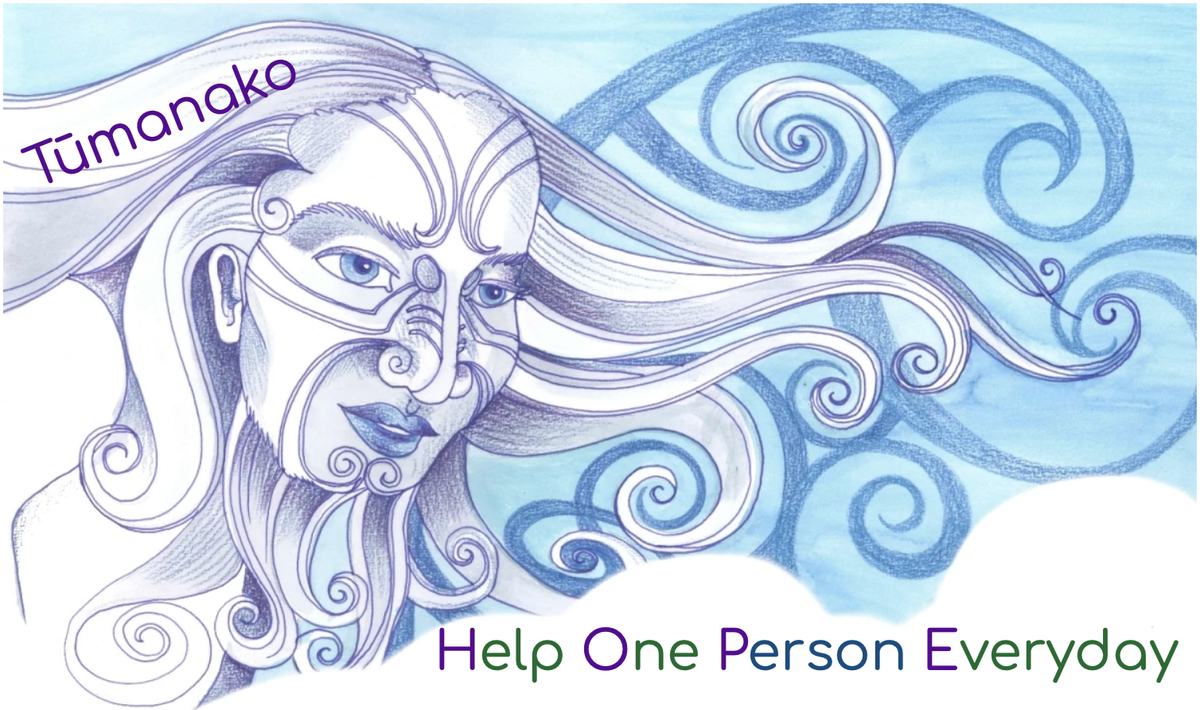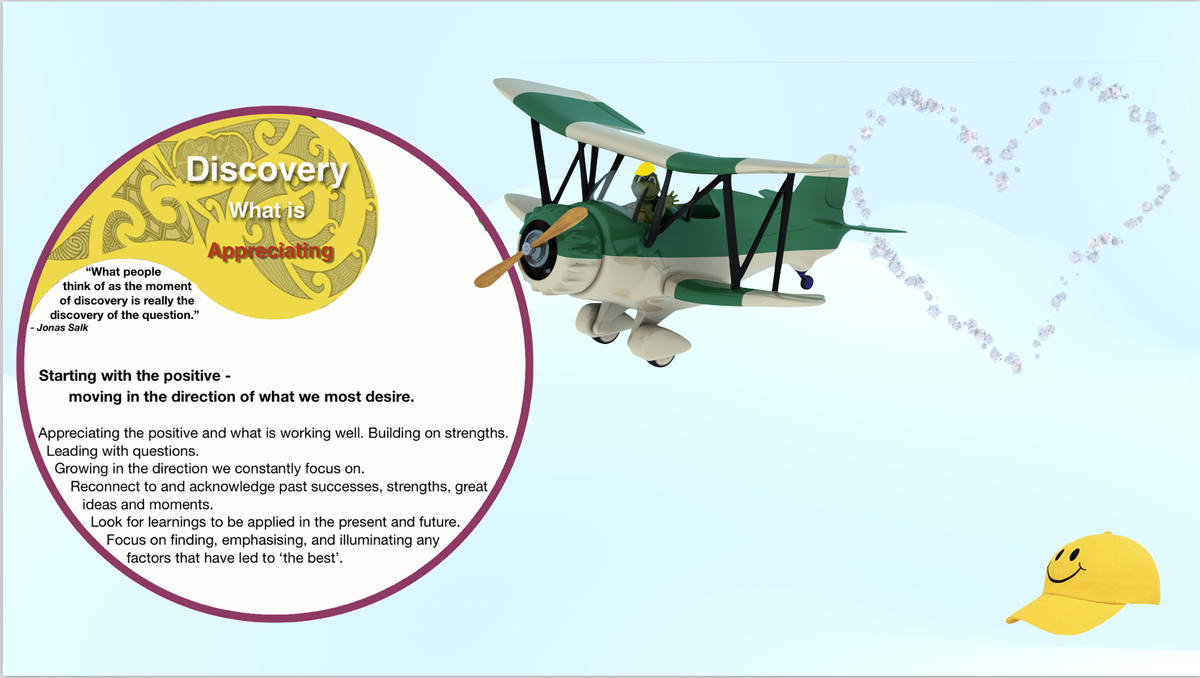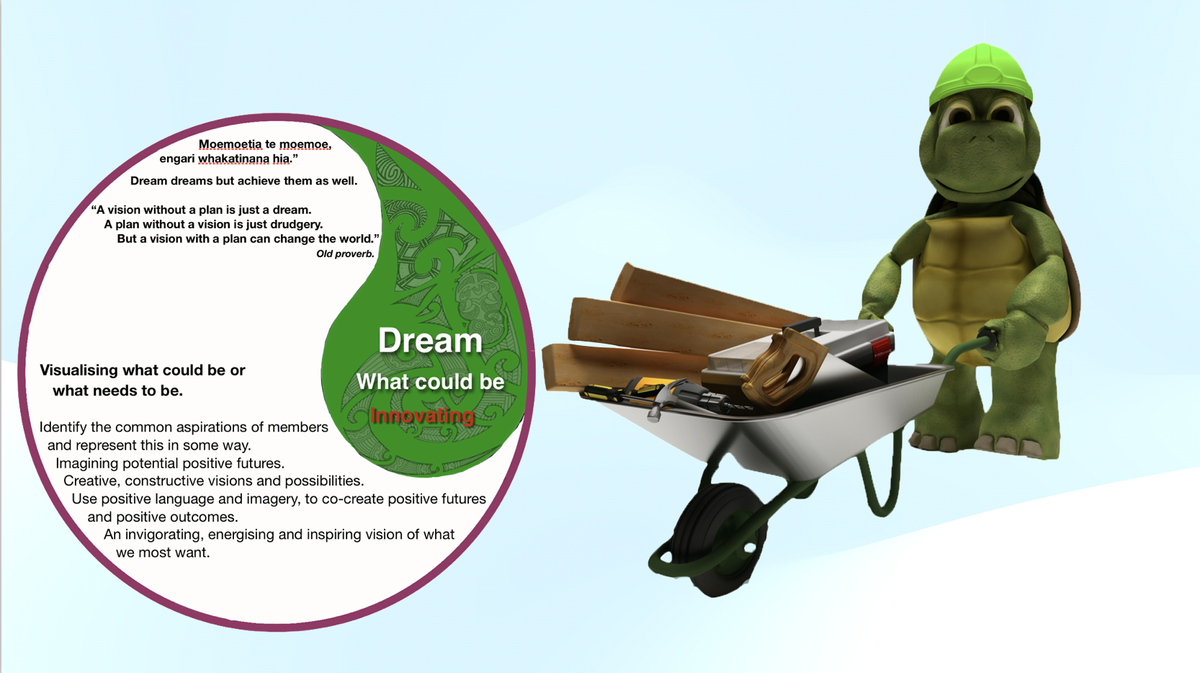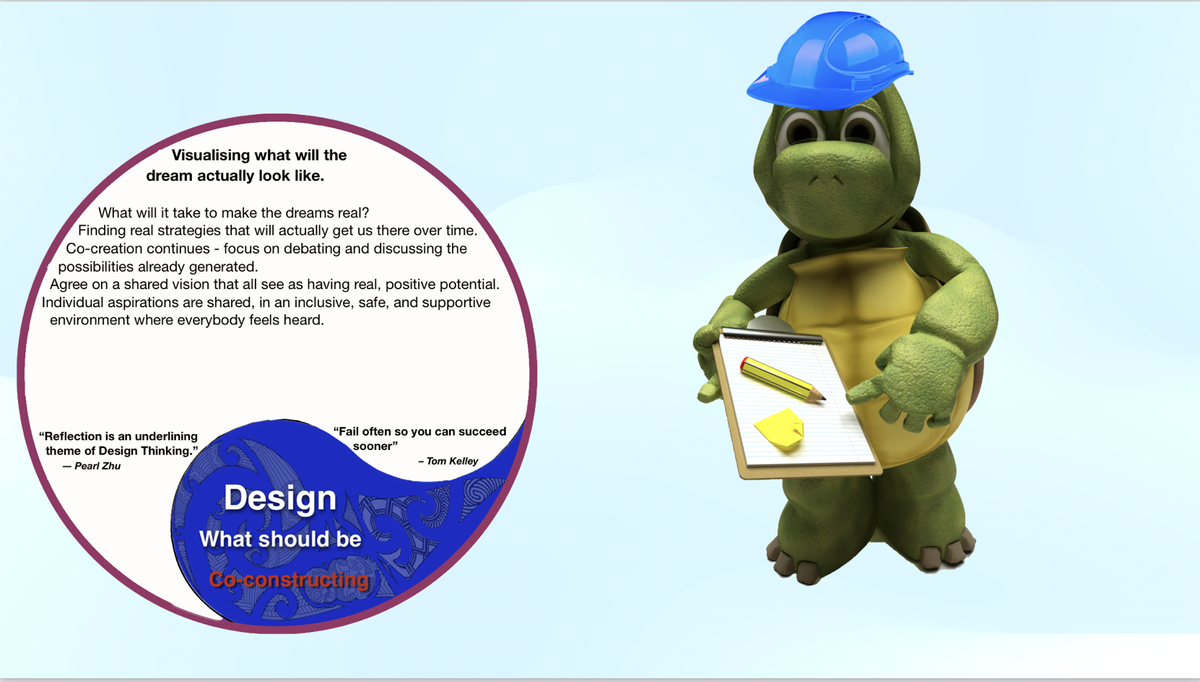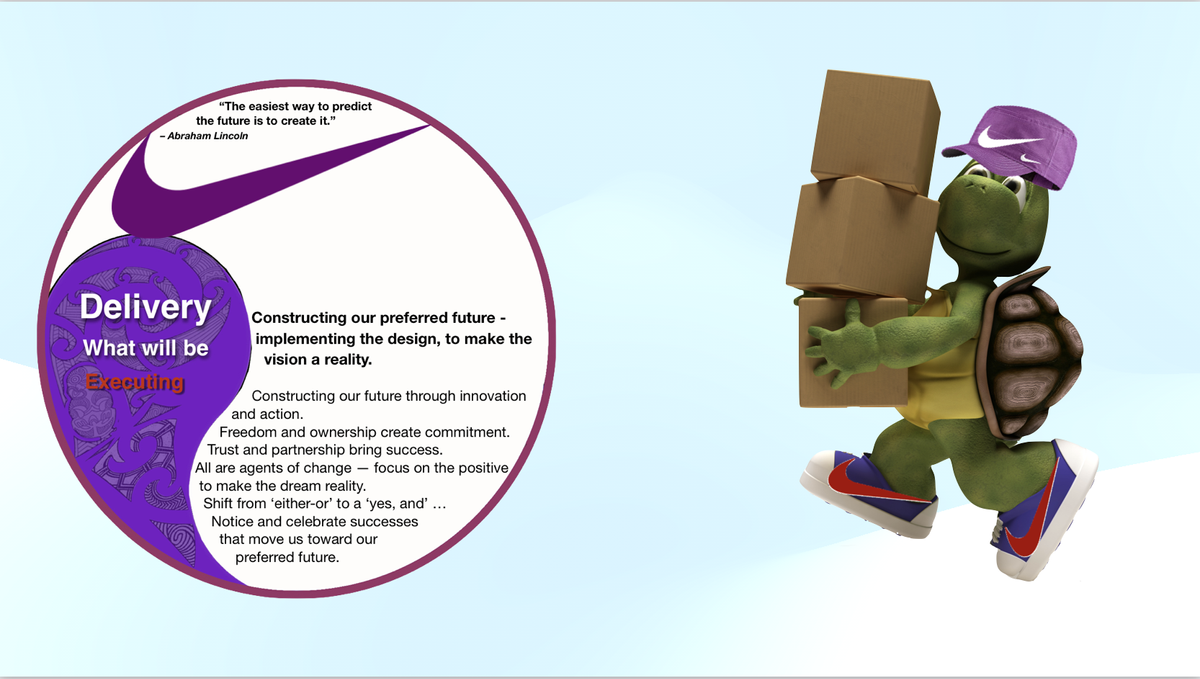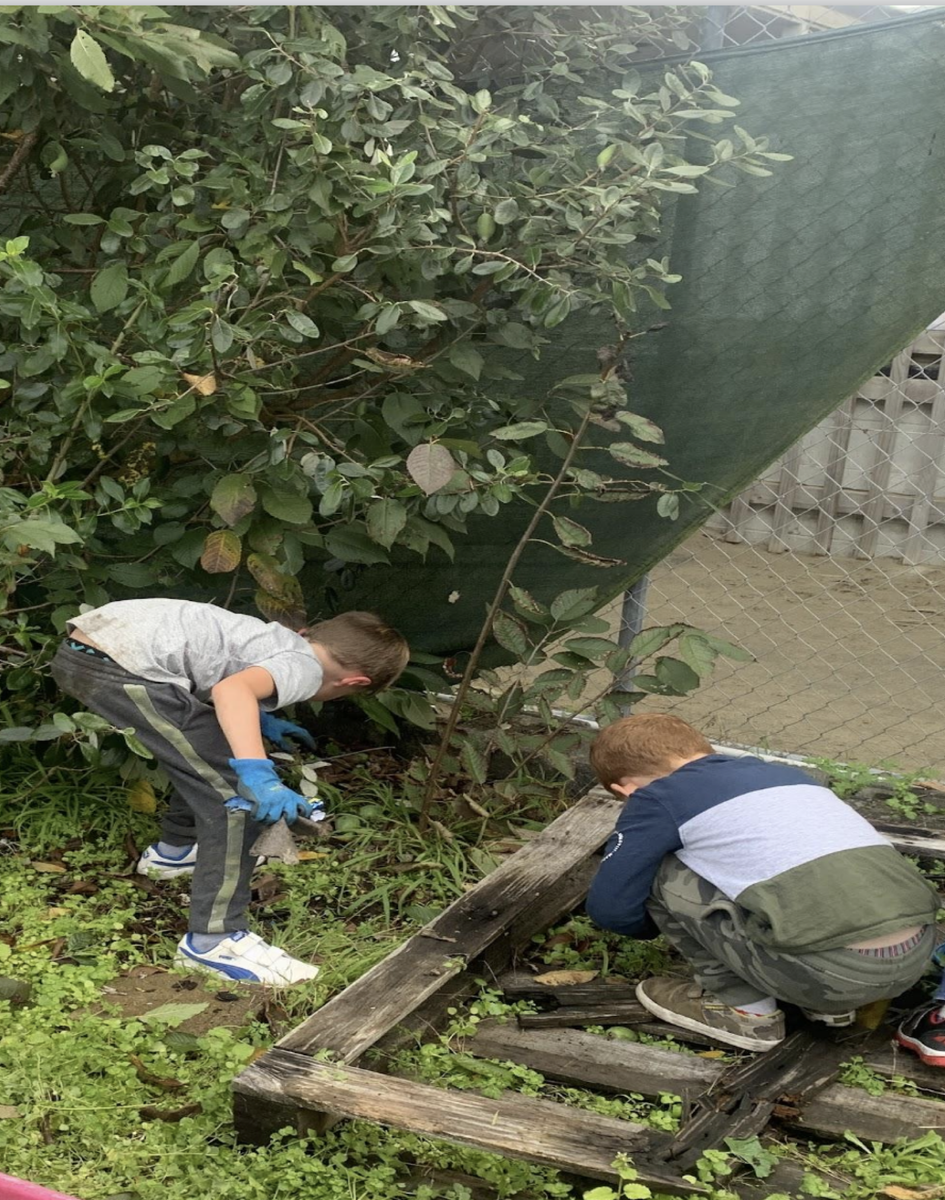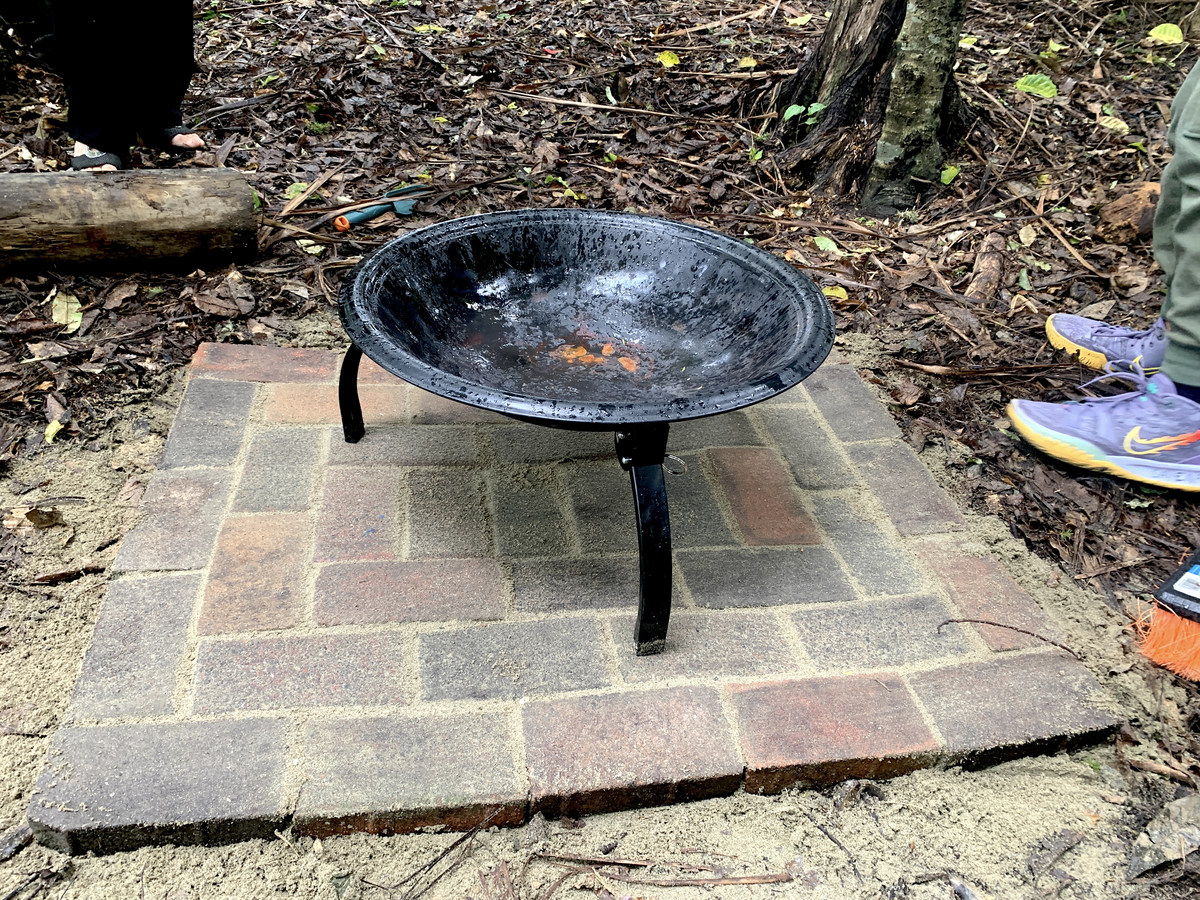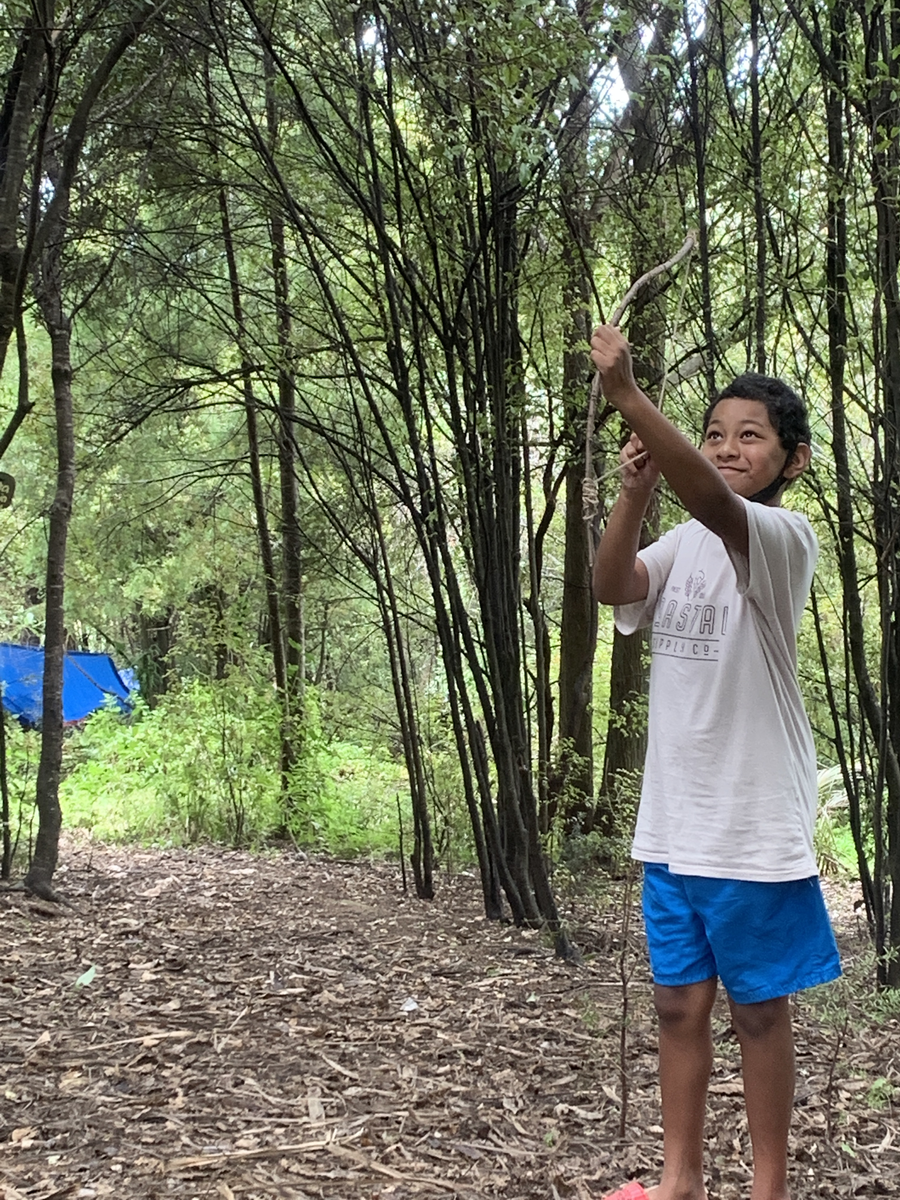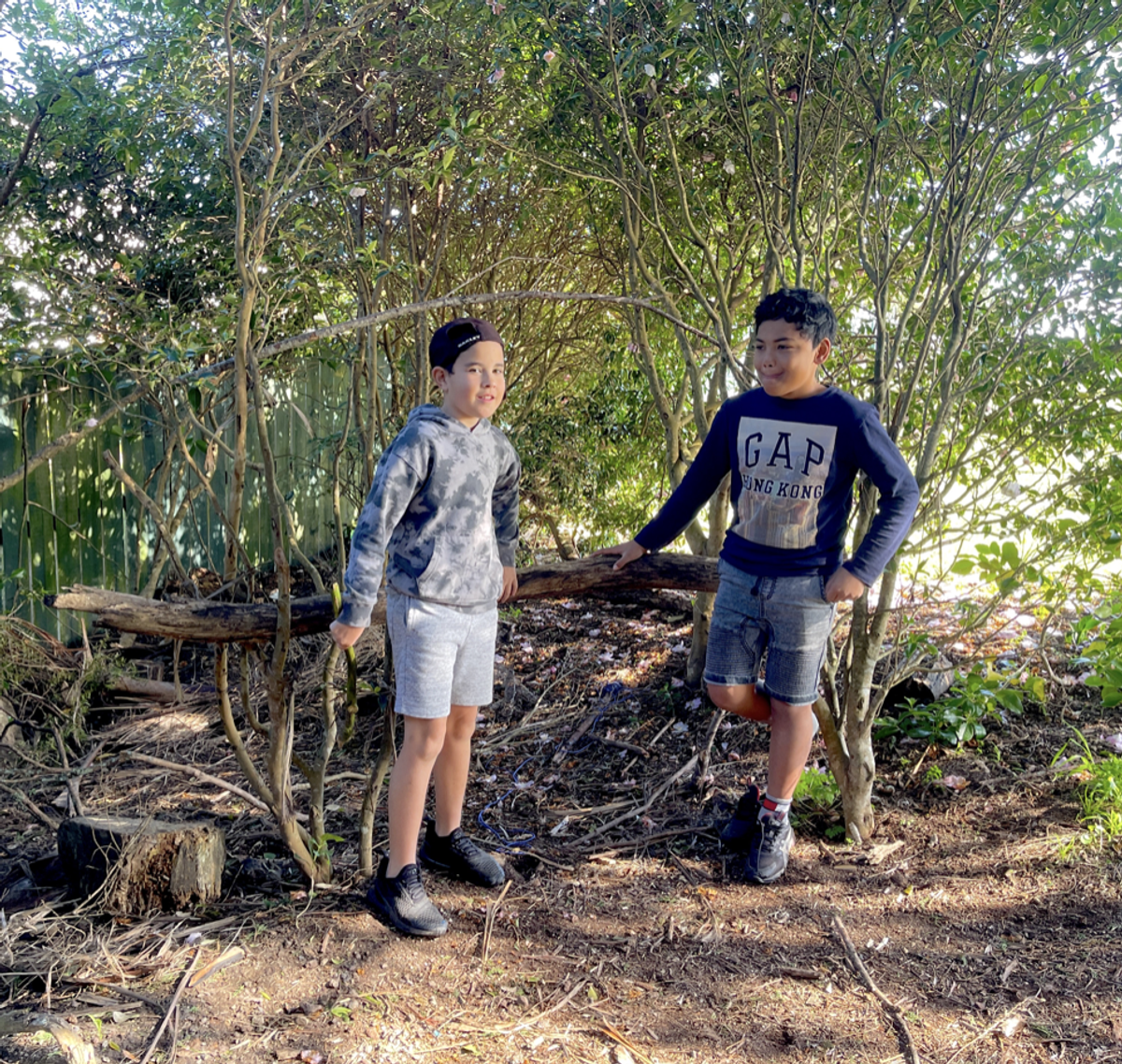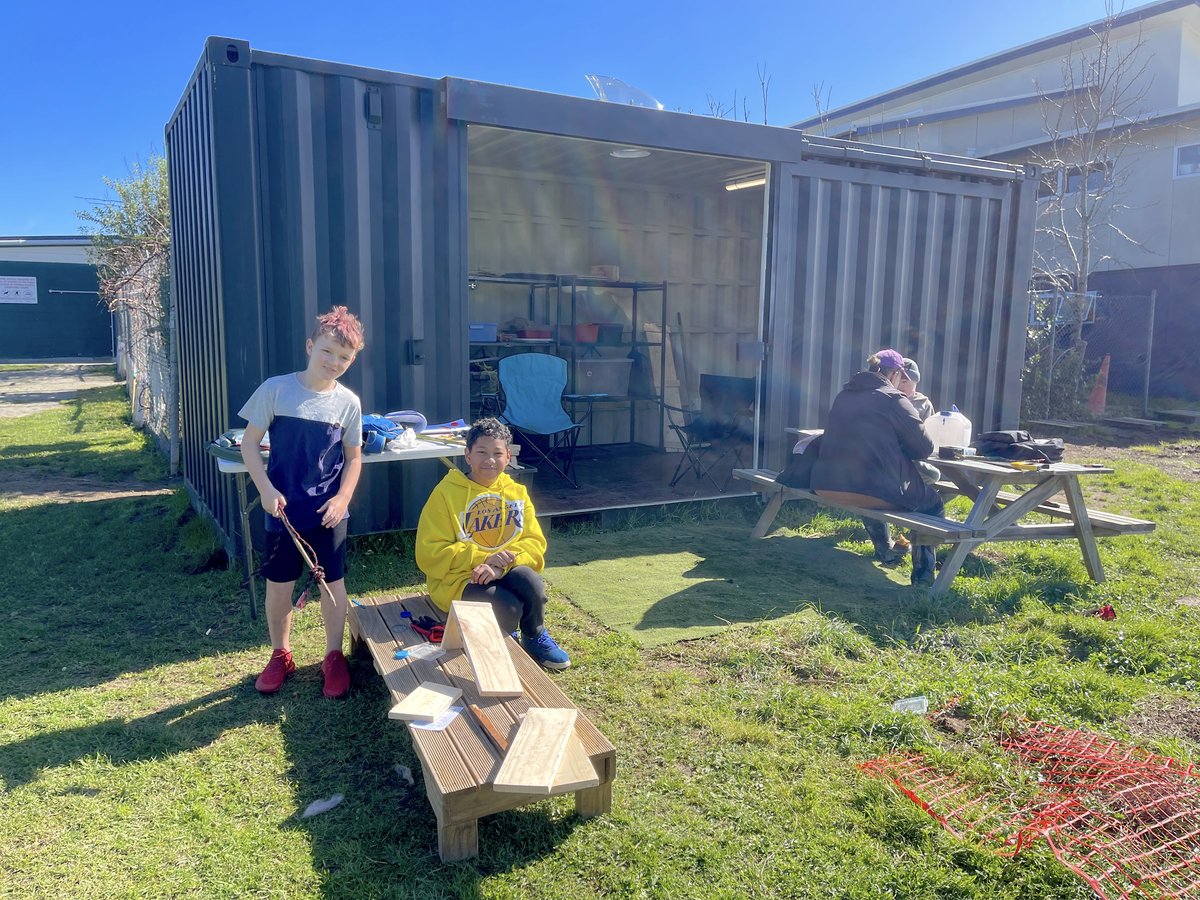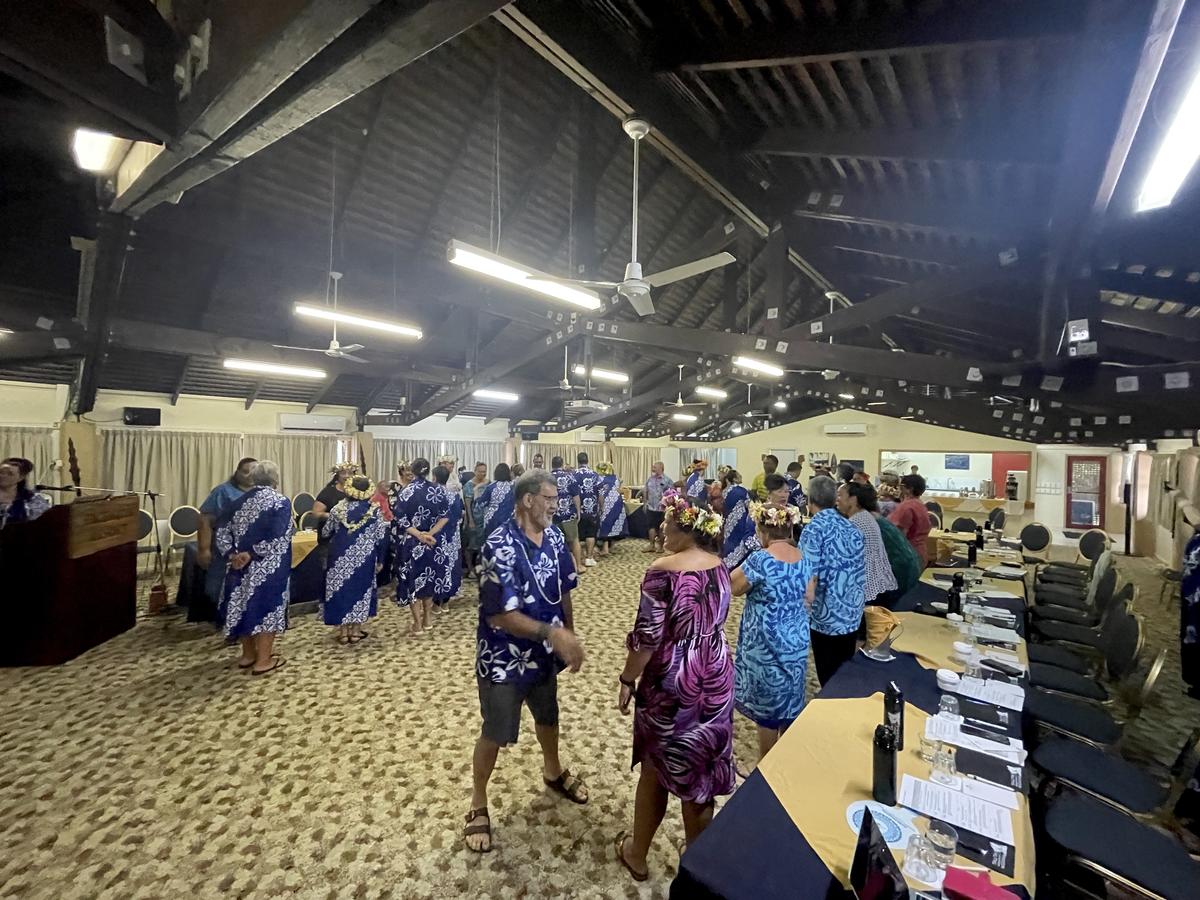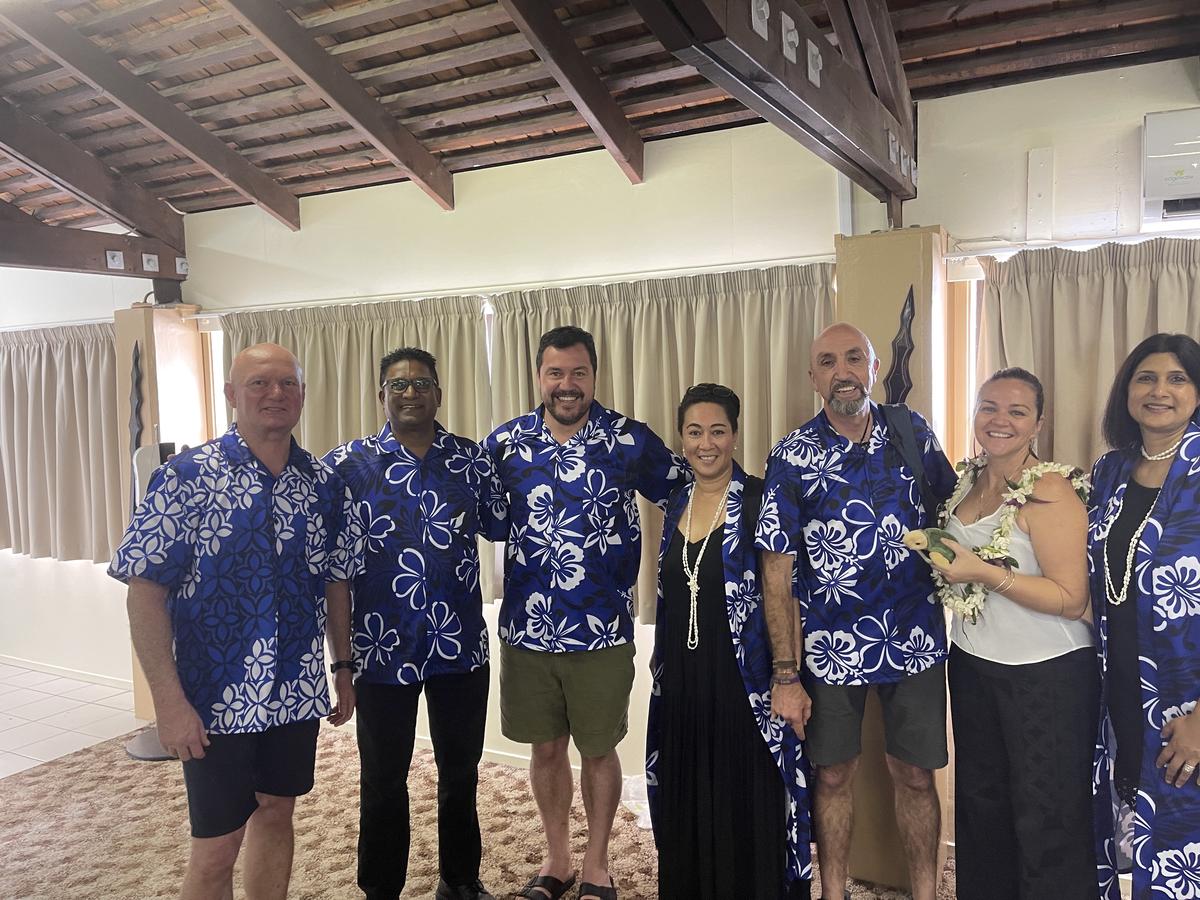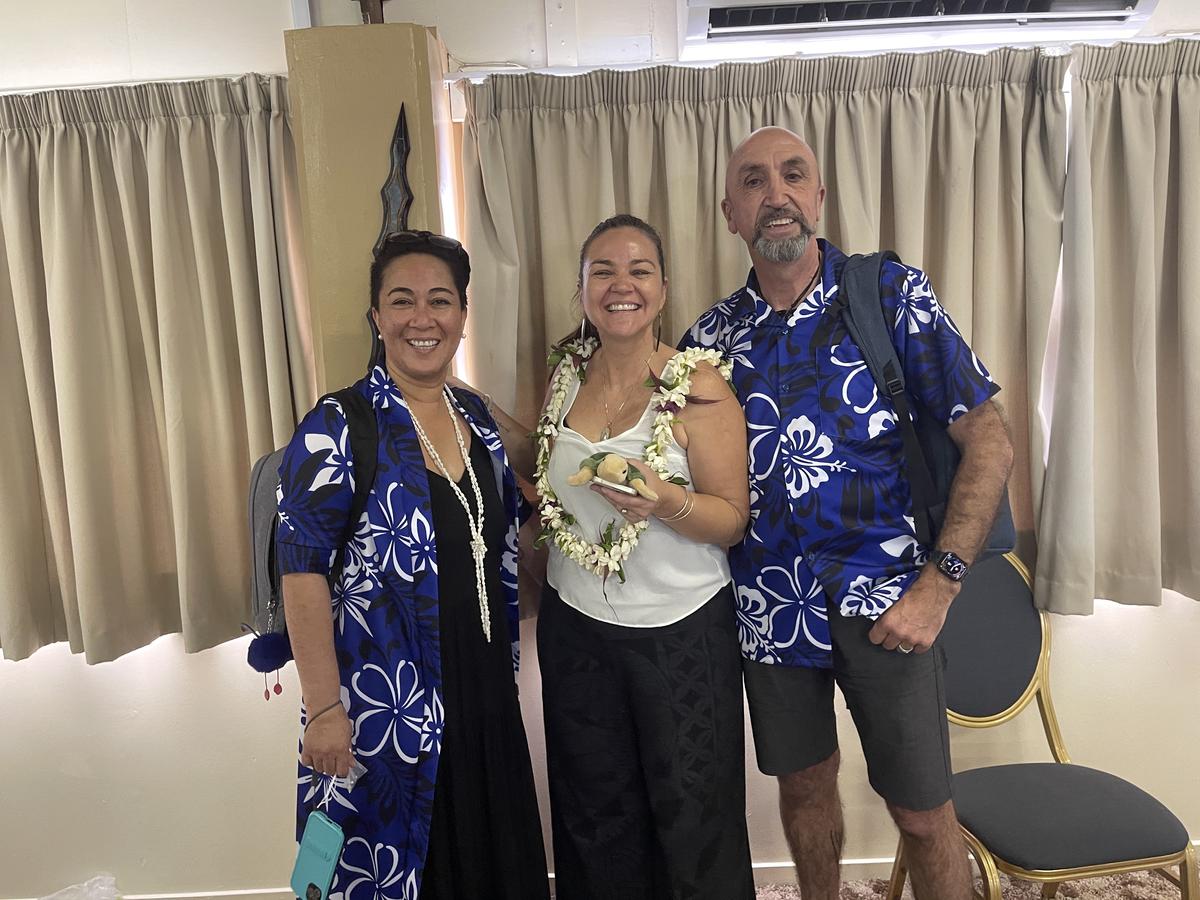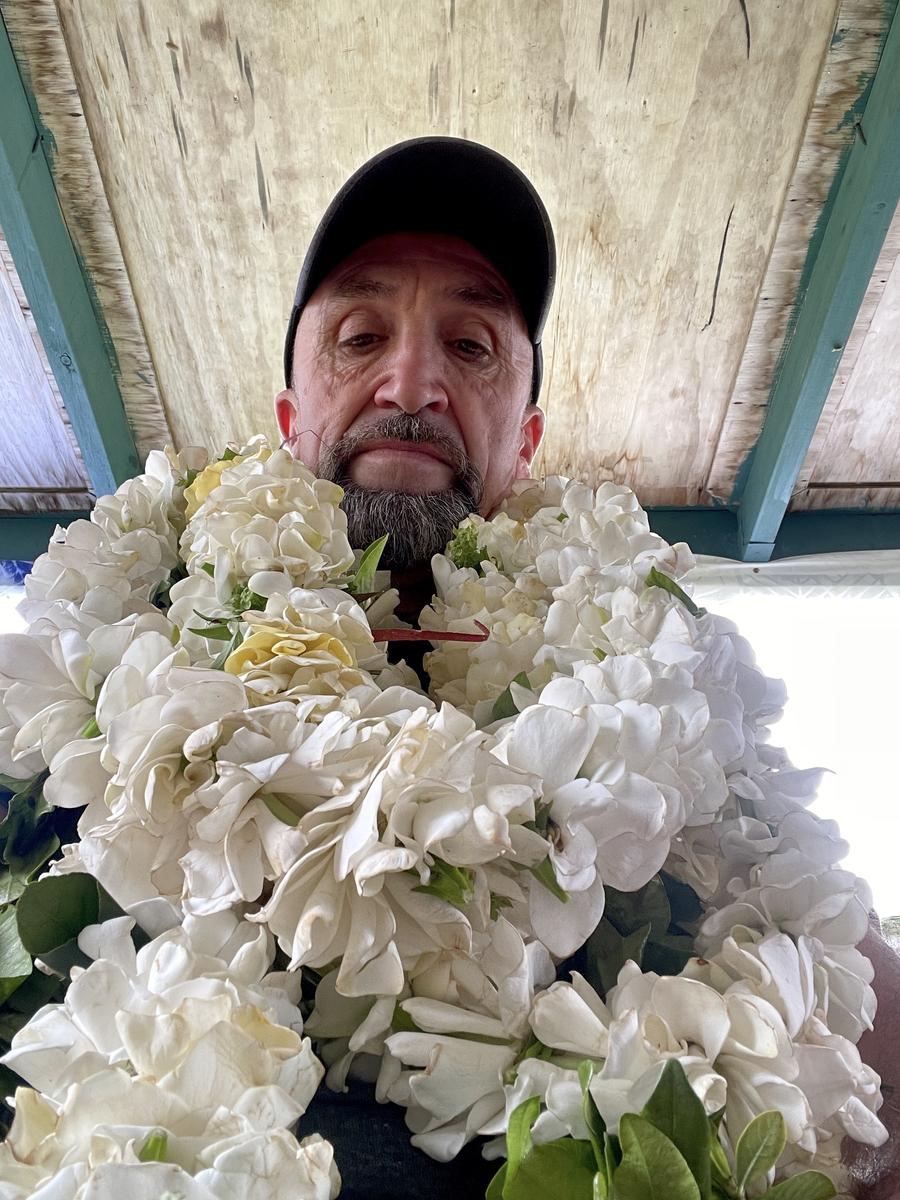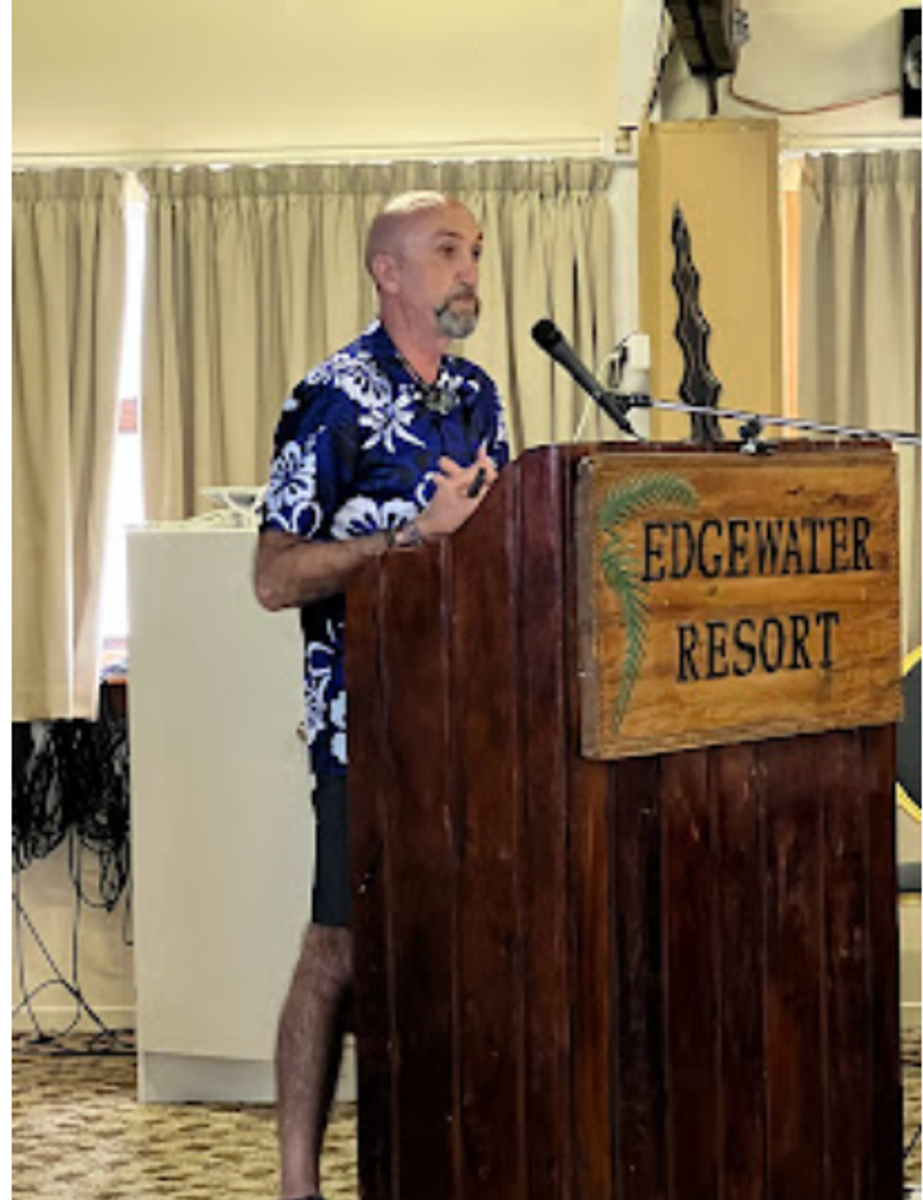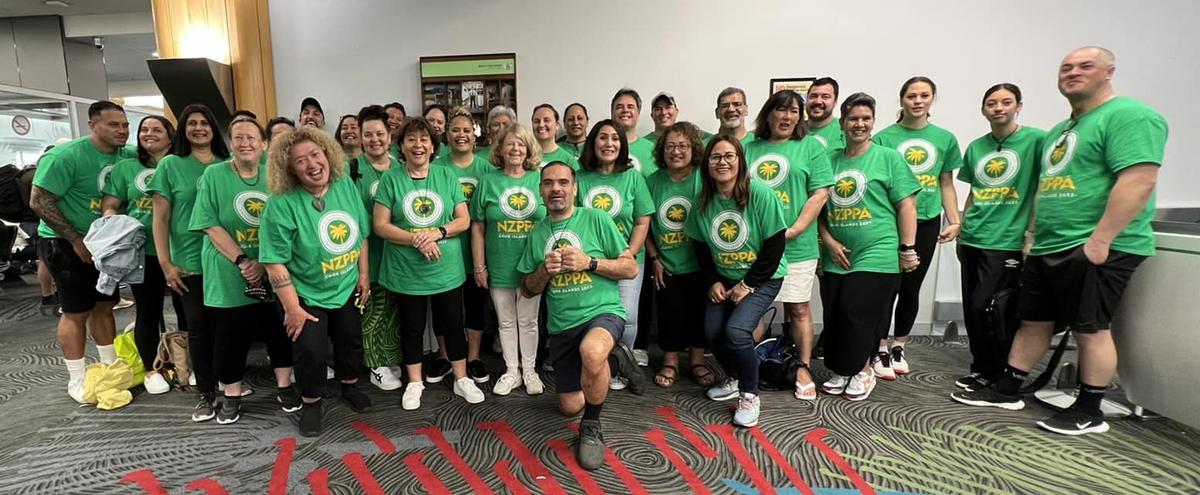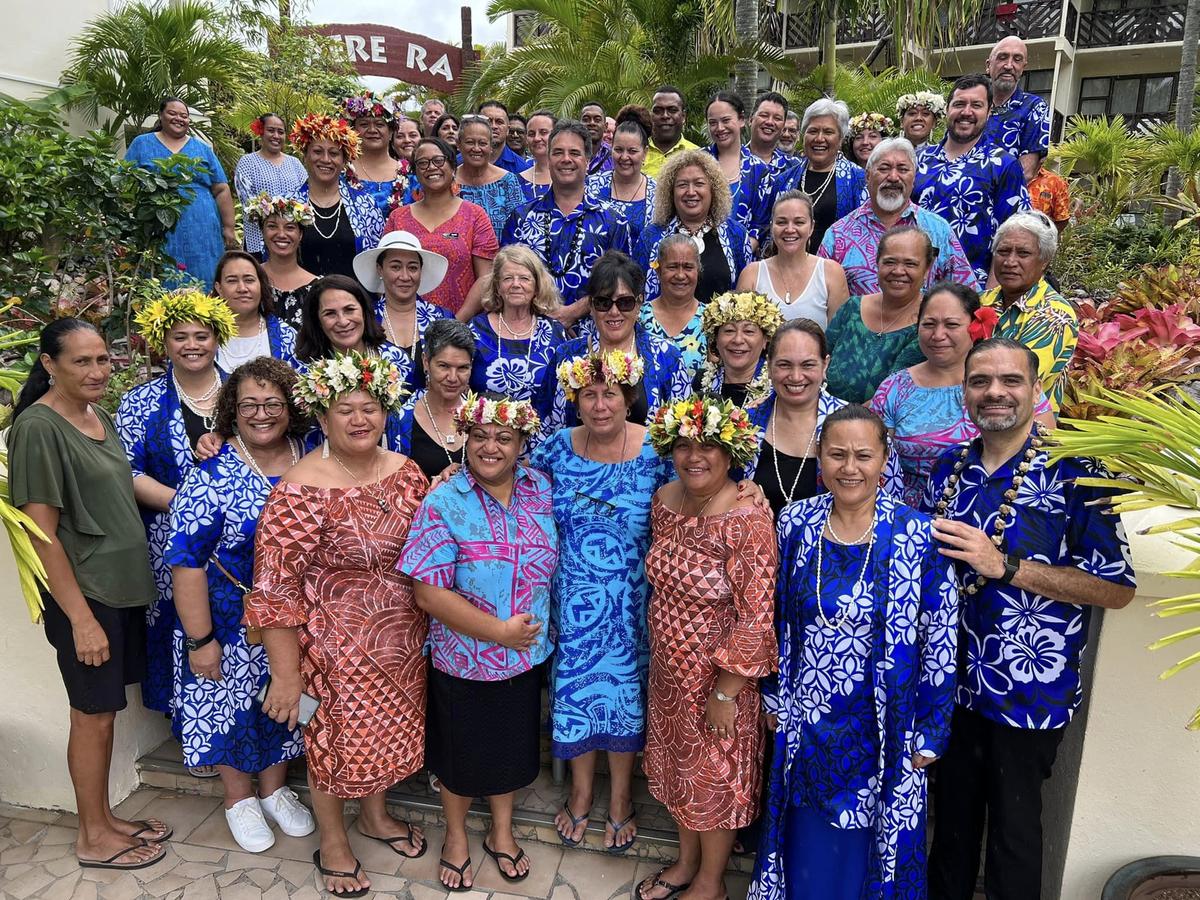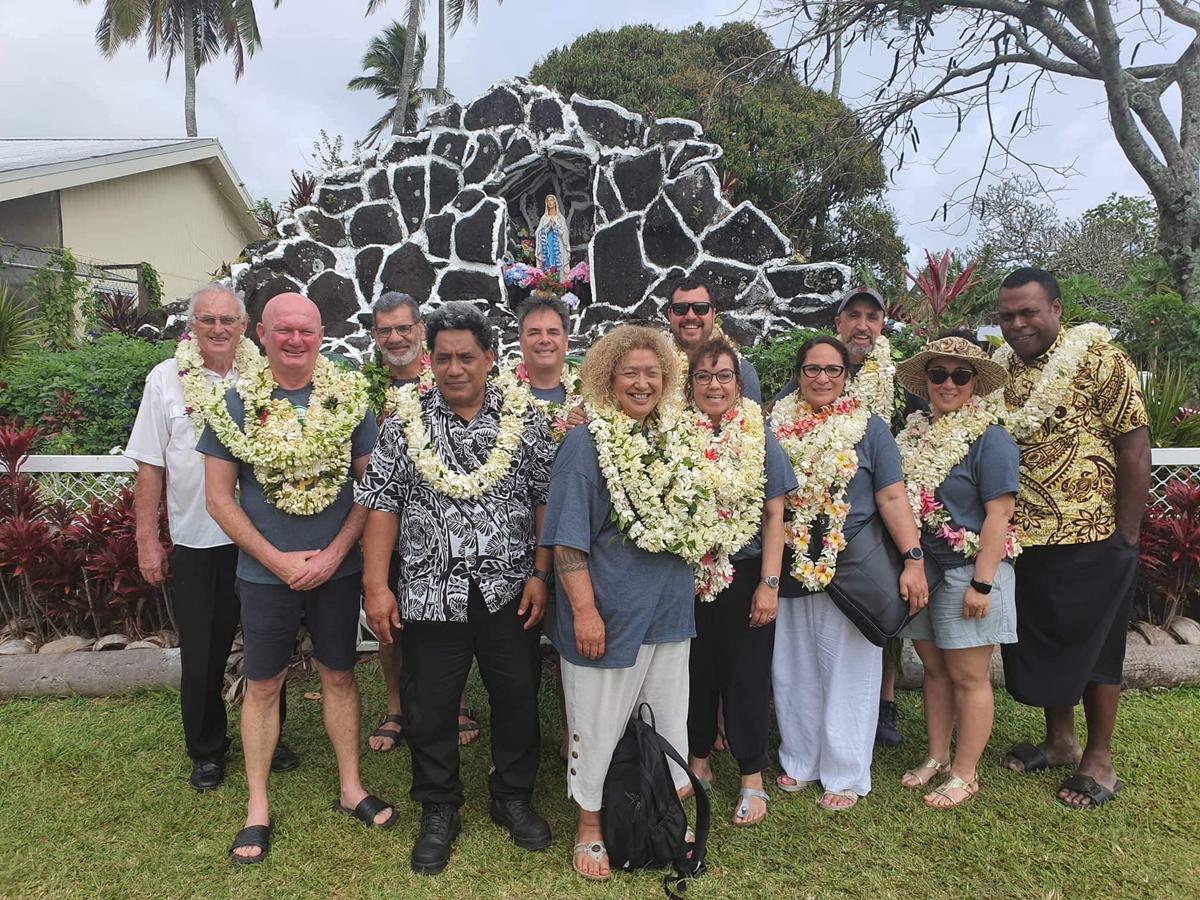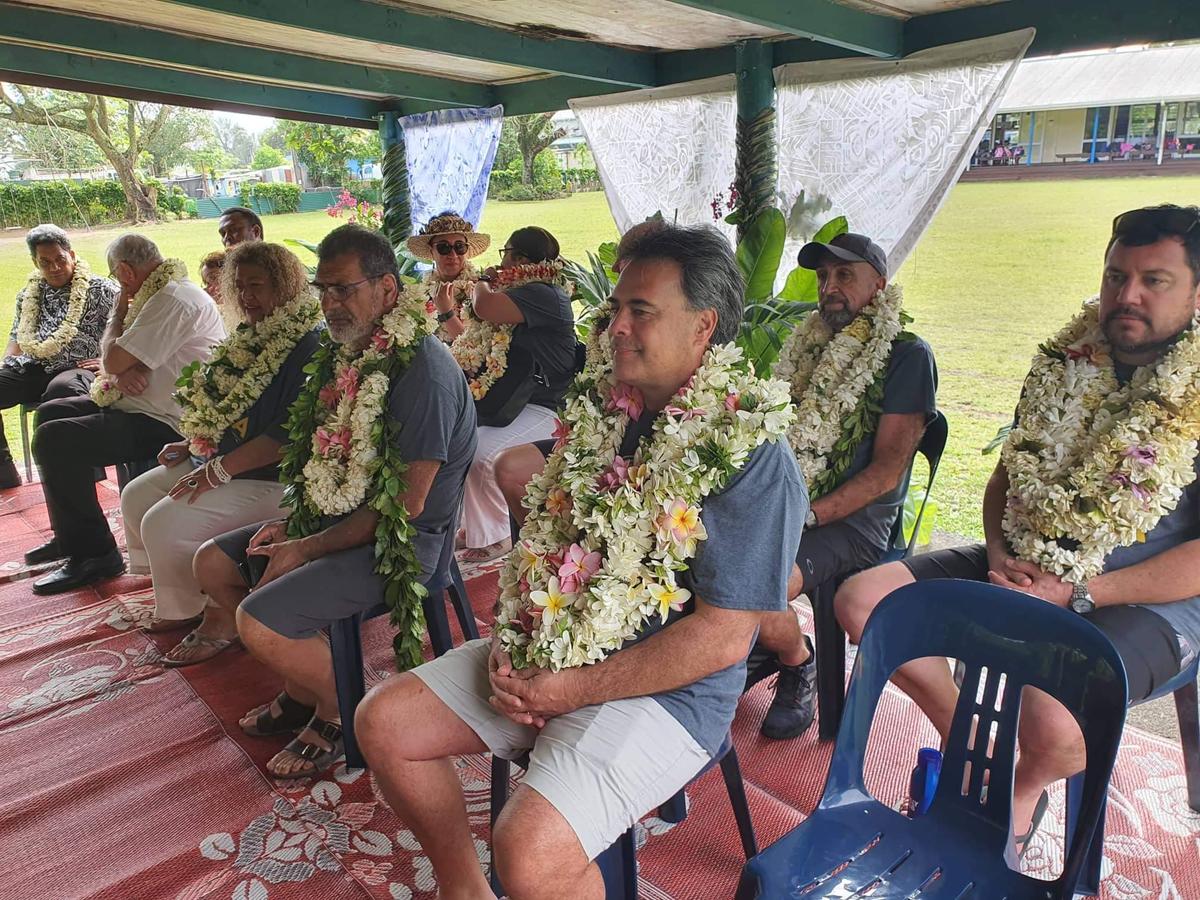Presentation Summary:
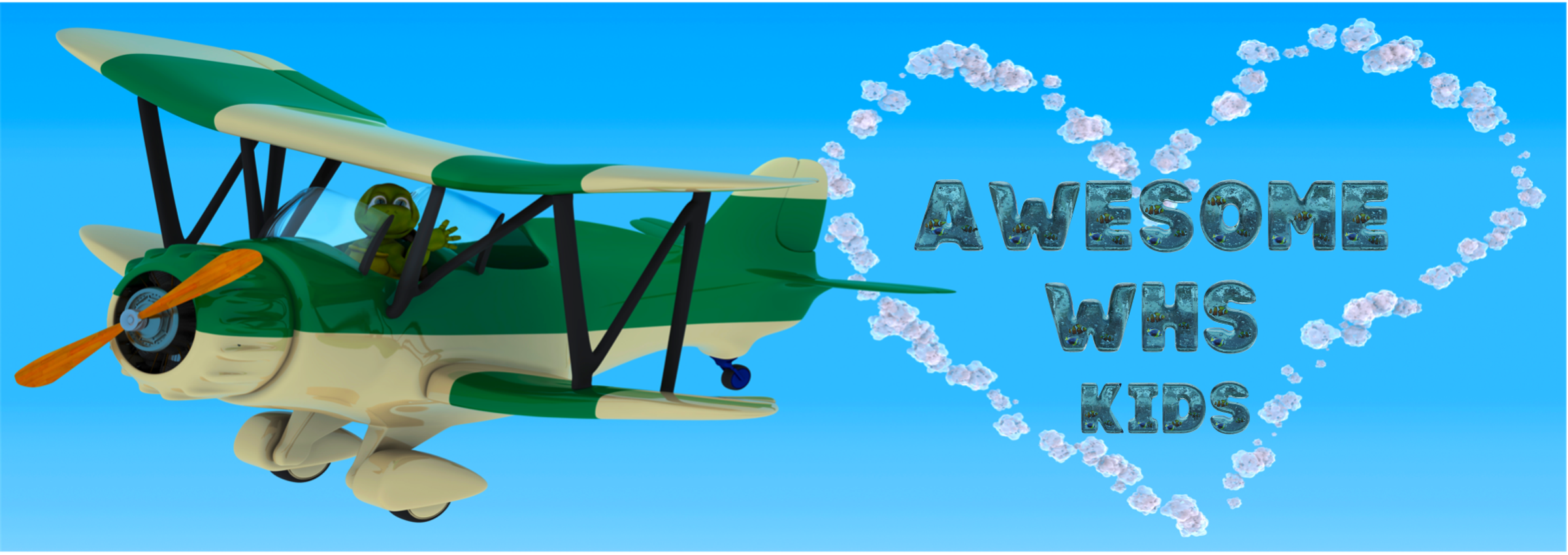
I began by sharing the extensive consultation we undertook to arrive at our new, collectively owned Vision for our school.
Ā tatou tamariki Our children
Ō tatou whenua Our land
Ka ora te apopo For our future
If we take land to mean our environment, then it includes roto, awa and moana (lakes, rivers and oceans).
We wanted to be sure this was covered, so we adopted this whakatauki complementary to our vision.
Toitu te Marae a Tane-Mahuta If the land is well
Toitu te Marae a Tangaroa and the sea is well,
Toitu te Tangataand The people will thrive.
Simon Sinek teaches we should always start with WHY? Then address How? And only then address WHAT?
Our Why = Our Purpose - what drives us. Our cause and passionate belief. - HOPE
Our How = Our Process - how we go about this - our vehicle and context. - Appreciative Inquiry
Our What = Our Practice - what we do to make it a reality - the proof - Bush School
Starting with our Why of HOPE - why Hope?
Our world seems beset by problems and challenges. Climate change, coral reef die-off, rising sea levels, floods, droughts, plastic pollution, extremist views entering the mainstream, fake news, peak oil, transgenic viruses - the list goes on.
Many of our young people live in an always-on social media world. Anxiety, stress, and depression are all reaching epidemic proportions.
In New Zealand, well-being is a big post-Covid focus, and Hope is vital to well-being.
In Hope Rising: How the Science of HOPE Can Change Your Life (2018), Gwinn and Hellman share these findings.
“Hope is the most predictive indicator of well-being in a person’s life.”
They state, “A person with high hope has goals, the motivation to pursue them, and the determination to overcome obstacles and find pathways to achieve them.”
Continuing with our How of APPRECIATIVE INQUIRY - why Appreciative Inquiry?
Appreciative Inquiry as an Inquiry Approach always focuses on everything positive about the topic. Appreciative Inquiry is a Five Stage process.
1. Decide - decide on a topic or an issue that is important to you.
As per Simon Sinek, we ask Why should we focus on this?
We employ White Hat Thinking and Red Hat Thinking.
2. Discover - what is working, helpful and hopeful. Instead of problems, we see possibilities and potential. We see things already happening that we can share, advertise, support, extend, build upon or contribute to. Instead of being disheartened, we see an opportunity to make a difference.
We employ Yellow Hat Thinking. We focus on the Donut, not the hole - this gives us Hope.
3. Dream - consider what could you or we contribute. How could we help? Brainstorm as many ideas - practical or otherwise - as we can.
We employ Green Hat Thinking.
4. Design - what could we do becomes what should we do. How should we do it?
We employ Blue Hat Thinking.
5. Deliver - what should we do becomes what we do. Delivery is the Nike step. We employ our Nike Just Do it hat. The plan becomes action - deliverables are achieved.
Concluding with our What of a Bush Classroom - why a Bush Classroom?
As a school and staff, we had an issue.Disengaged students - mainly boys.
They were often frustrated, could be disruptive, and often disinterested.
Rather than moan and groan and employ deficit thinking, we took an Appreciative Inquiry approach.
What were the positives - these boys were always trying to get outside. They wanted to engage in hands-on. They had energy and lots of it. They needed challenges and opportunities for risky play and to develop social skills and perseverance.
We also had an awesome resource on our doorstep, and we were not using it to its potential - our ngahere or bush area.
We then followed the rest of the Appreciative Inquiry process. We had Decided on our issue - disengaged boys. We Discovered we had a resource that could help.
We Dreamed of some ideas for its use. We Designed a specific programme to operate and began to Deliver it weekly on a Wednesday.
- Every Wednesday
- A small group of 10 to 12 children initially
- One teacher and one teacher aide
- Learning through play approach (interests and passion-based)
- Child lead/co-constructed curriculum
- Focus on developing Key Competencies
- Focus on relationships
- Managing self at the forefront of learning
Opportunities:
- A Connection to our Land and People
- Self Determination
- New ways to experience success
- Overcome anxiety and develop resilience
- Experience spiritual well-being through nature
- Risky Play - particularly valuable for boys - link physical risk-taking and academic risk-taking
- Positive relationship with peers and adults
- Focus on environmental issues
- Tuakana Teina relationships
Activities:
- Shelter building
- Firepit and cooking
- Art
- Journaling/social stories
- STEM activities
- Sciences
- Environmental focus
- Tikanga Maori
- Mechanics Research
- Engineering
- Building
- Weaving
- Clay
- Drama/Song/Storytelling
- Horticulture
- Loose Parts constructions
- Beekeeping
Initial Priorities:
Kai is always a priority in the bush - kai tastes best cooked - so a fire pit was needed.
This involved maths, science, participating and contributing, collaboration, cooperation, discussion and mediation and more.
Being prepared in case wild game appeared was also a priority - so bow and arrows were worked on.
A place to rest after the hard mahi was yet another priority - resulting in hammock building.
We also needed somewhere for really wet days - so we had a shipping container custom-built for our purpose with running water, electricity and a basic bush classroom fitout.
Next Steps:
Now our boys are becoming bush guides and helpers - stepping up as leaders and learners.
Further Research:
All of this leads to our boys learning mastery of self - self-control and self-determination. A very famous longitudinal study was undertaken by Professor Richie Poulton - the ‘Dunedin Study’, which started 50 years ago. “This longitudinal study is regarded as one of the most important in the world. The key finding from the study is that self-control is the most significant predictor of success in life.”
From the study:
From as early as age two, children’s levels of self-control were evident. Taking into account socioeconomic factors and context, tracking 1007 participants over 50 years has shown that participants’ EQ (Emotional Quotient score) has mattered more than their IQ (Intelligence Quotient score). Over time, participants who had stronger self-management from an early age were more focused, found it easier to make friends, did better at school, had positive relationships as adults and generally made choices that helped them lead positive, successful lives.
Conclusion:
Bush School is one way we live out our focus on the People and the Land, building HOPE, through employing Appreciative Inquiry.

